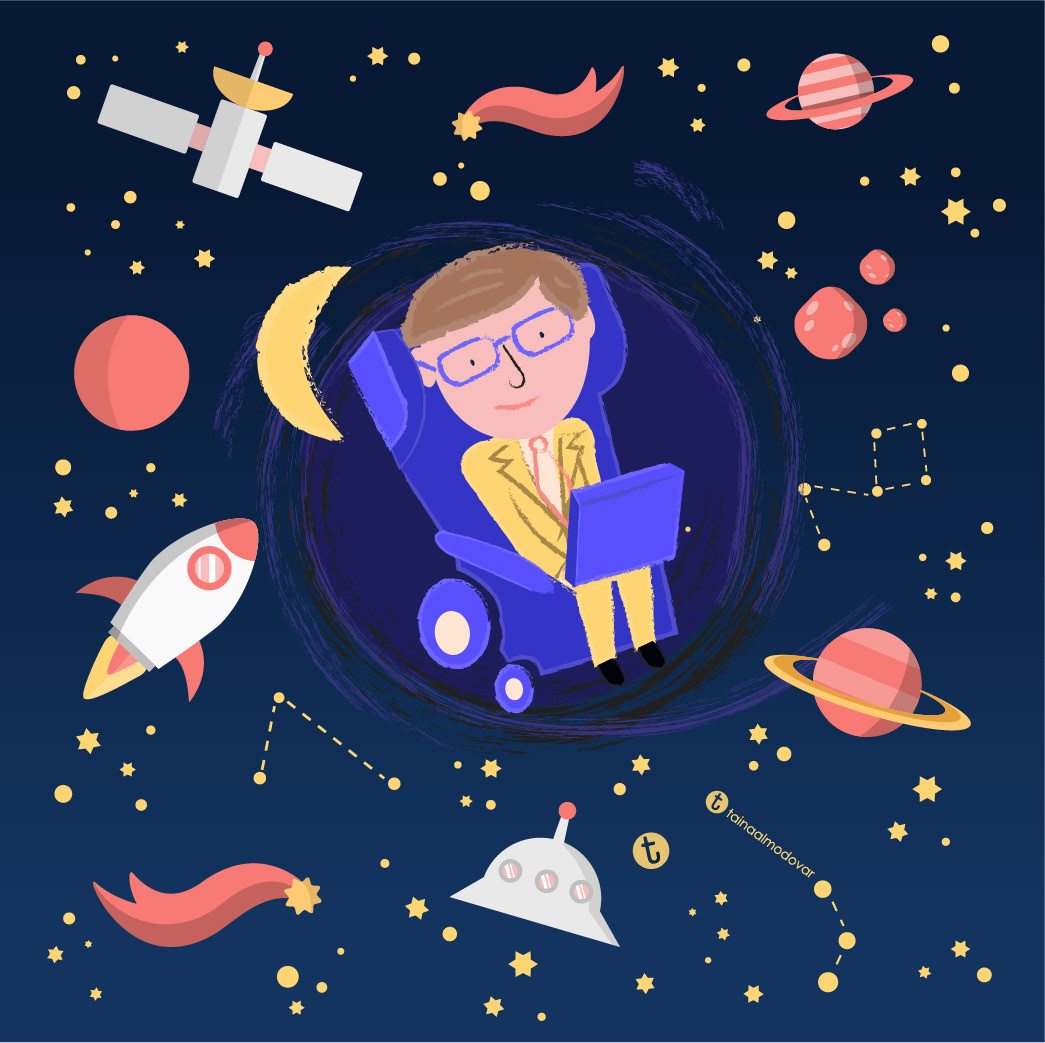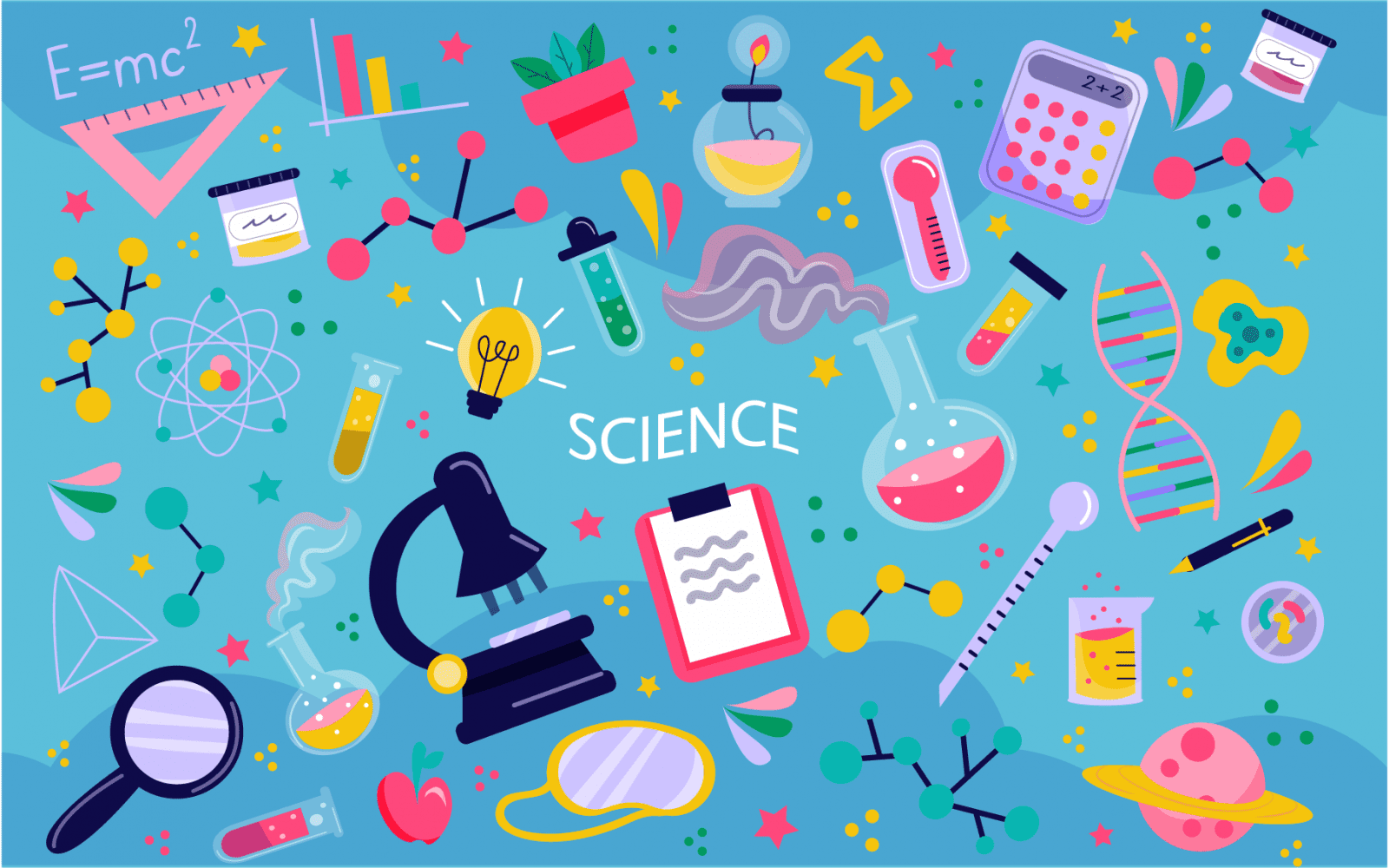By Ilias Siakaras,
In our approach to tracking and explaining the path of transmission of science, it is of paramount importance to mention the world-known scientists who found it. Francis Bacon, Michael Faraday, and Steven Hawking could be described as the “parents” of this secularisation (the removal from ecclesiastical control).
Since science is passed on mainly through reading books, have you ever wondered what prevents people from reading science-related topics? Definitely, a book with a large number of difficult equations derived from complex scientific concepts, writing that refers to a scientific article ready for publication.
Let us borrow some of Hawking’s introduction to The Chronicle of Time so as to make things clear: “Someone told me that any equation I would put in the book would halve its sales. So, I decided not to include any equations. But in the end, I had to put one: the famous Einstein equation. I hope this does not cost me half my readers”.

For the sake of our analysis, it would be beneficial to highlight some common characteristics in teaching/transmitting science, as these have been observed in daily life. First comes the generalization and simplification of scientific concepts and ideas, and in this simplification, we include the presentation for an audience that has little or no scientific background, so the general concepts are explained in more detail (something boring for the expert scientist).
The synthesis of new ideas which cross several different fields and offer new applications in other academic specialties, plus the use of metaphors and drawing comparisons in order to explain abstract scientific concepts, such as “Higgs boson”.
The popularisation of science could be assumed as a bridge between the scientific (research) literature as a professional means of scientific research and the field of general intellectual and political discussions. Every distinct field that we approach in education can be illuminated from different sides. When we work in a room with nuclear energy, in the first phase we approach the typical cognitive features of the issue. But when it comes to discussing the various uses of nuclear energy, we ask children to work as journalists, searching, recording, and commenting on different views or as researchers seeking information from various sources.

In addition to the aforementioned, the sole purpose of our approach is to describe in more understandable language the achievements of science, transmitting unchanged its methods, accuracy, and spirit of it. Many controversies over scientific topics are discussed in popular books and articles, which often have philosophical implications, such as biological determinism and the biological components of intelligence. In fact, the general debate over these issues has been rekindled by popular science books, such as The Mismeasure of Man (1981) and The Bell Curve (1994), which the first was written by Jay Gould, a historian, and the latter by Richard Herrnstein, a political scientist; it could be also deducted that the field of work from these two scientists depict the differentiation on how the transmission of science is taking place and that it should be put in a historical line.
Bearing a resemblance to what is expressed above, it would be beneficial to take into account that school science, at least as being projected in textbooks, seems to be more compatible with the academic model. This image is presumably constructed on the basis of a “rhetorical” type inside, a term that in this case refers to the media of persuasion and consensus-building which are used by textbooks in order to establish the “truth” of the allegations made in them.
Last but not least, it is our debt to the future generations to in-still them how vital is the engagement with science, in order to understand how the world operates; maybe draw a comparison with how a machine properly functions, while trying to promote science more in social media is an idea that has to take place, due to the fact that young people have time for socializing, but no time for expanding their horizons!
References
- McComas, W. F. & Olson, J. (1998), The Nature of Science in International Science Education Standards Documents




